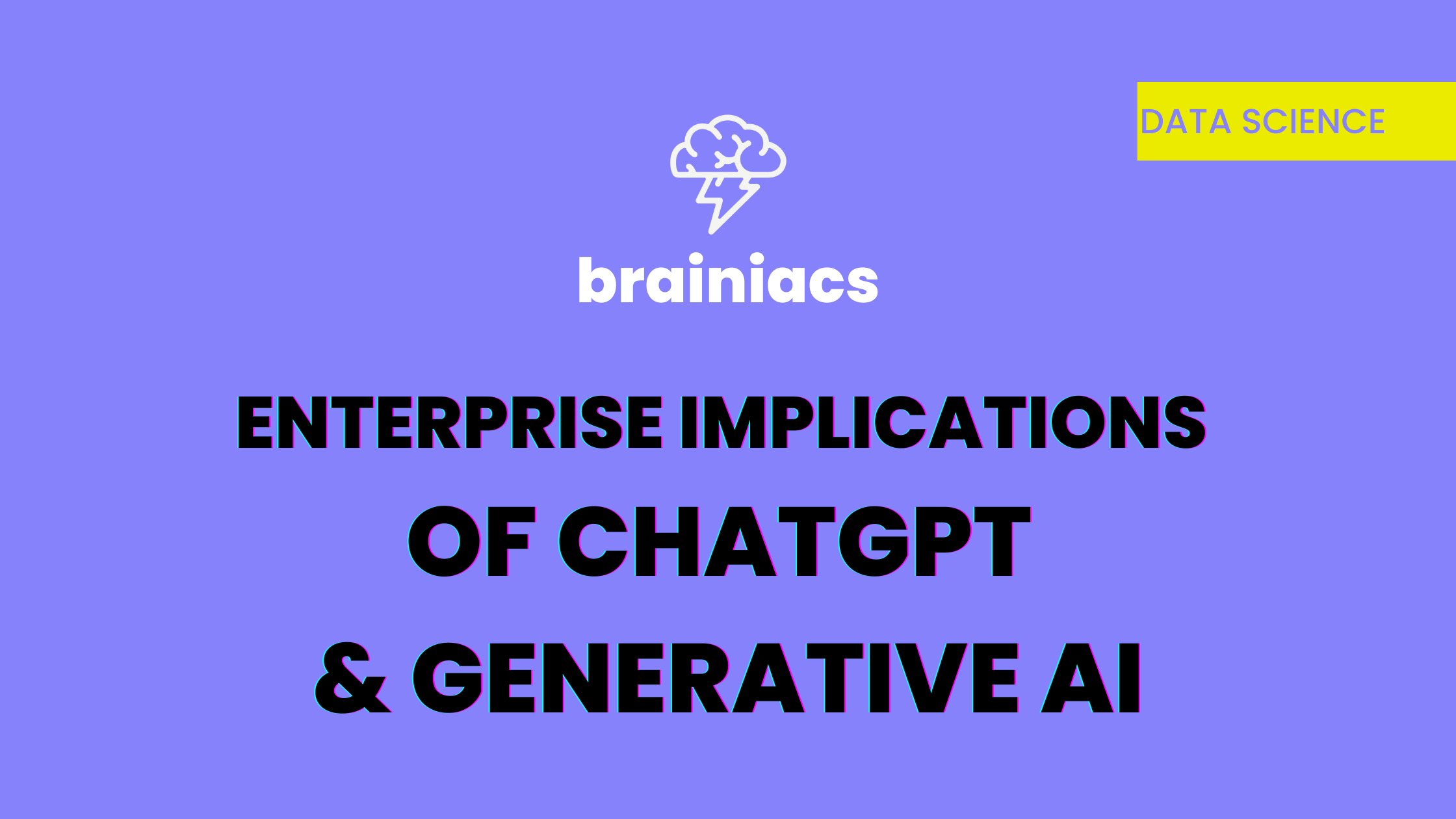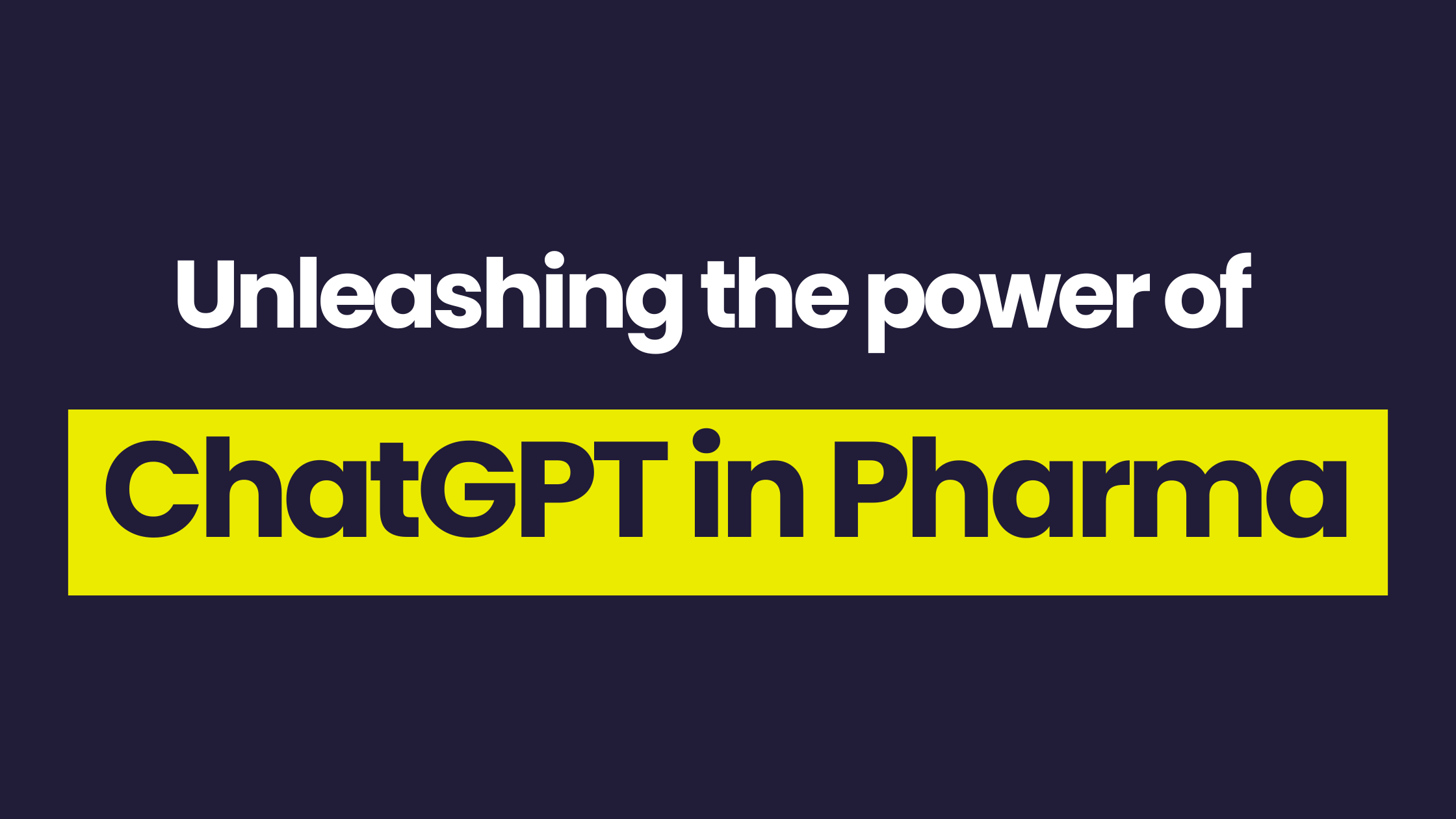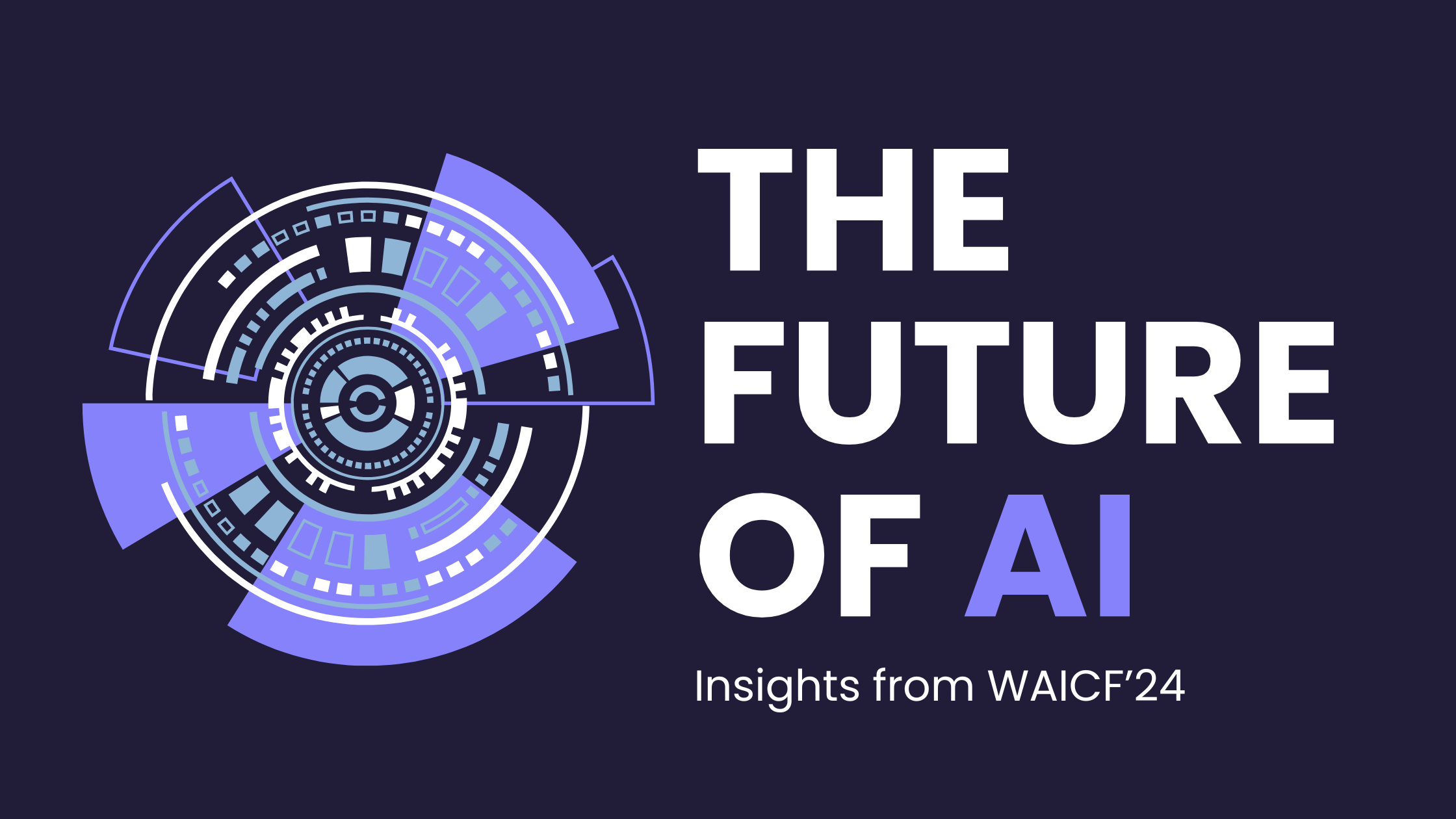Exploring the Enterprise Implications of ChatGPT and Generative AI

Introduction
In today’s rapidly evolving technological landscape, artificial intelligence (AI) has become a game-changer, revolutionizing the way businesses operate.
Among the advancements in AI, ChatGPT, a conversational chatbot powered by generative AI, has emerged as a powerful tool for enhancing customer engagement, automating workflows, and streamlining operations.
In this article, we will delve into the intricacies of ChatGPT, foundation models, and generative AI, while exploring their potential implications for enterprises. We will also provide valuable insights and recommendations for adopting generative AI responsibly and effectively.
Understanding ChatGPT, Foundation Models, and Generative AI
ChatGPT, developed by OpenAI, combines a conversational chatbot with Large Language Models (LLMs) to generate human-like textual content. LLMs are AI models trained on vast amounts of text data, enabling them to interpret and generate human-like output. Foundation models, on the other hand, are large machine-learning models trained on unlabeled data and then fine-tuned for specific applications.
Foundation models represent a significant breakthrough in AI due to their massive pretraining, which empowers them with few-shot and zero-shot learning capabilities. This versatility enables foundation models to adapt to various tasks, making them highly effective in various domains.
The emergence of ChatGPT and generative AI has profound implications for enterprises. By leveraging ChatGPT, businesses can enhance customer experiences through personalized interactions, automate repetitive tasks, and improve operational efficiency. The ability of ChatGPT to generate human-like responses provides a unique opportunity to engage with customers on a whole new level, boosting customer satisfaction and loyalty.
Best Practices for Adopting Generative AI
Enterprises should adhere to responsible AI practices to harness the benefits of generative AI while mitigating potential risks. Here are some recommended best practices for adopting generative AI:
- Instill Responsible AI Practices
Establish an AI governance/ethics board that provides guidance, monitors AI activities, and resolves issues based on clear principles and guidelines. Creating awareness and building skills for effective AI risk management is crucial, supported by technologies such as model monitoring, fairness testing, and privacy enhancement.
- Prevent Misuse
Develop comprehensive usage guidelines for generative AI applications and enforce them rigorously to prevent misuse. Clear boundaries and ethical guidelines should be established to ensure the responsible use of AI technology.
- Mitigate Hallucinations
Document the limitations of generative AI systems and regularly monitor their behavior to mitigate the risk of hallucinations or unintended outputs. Continuous model monitoring and feedback loops can help identify and address any issues promptly.
- Collaborate Across Stakeholders
Engage diverse stakeholders, including domain experts, data scientists, and end-users, to ensure the inclusivity and fairness of generative AI applications. Sharing lessons learned and experiences within the organization and with the broader community fosters an environment of collaborative learning and responsible AI deployment.
- Don’t Forget the Humans
While AI plays a significant role in decision-making processes, it is essential to strike a balance between data and analytics (D&A) and human involvement. Collaborate closely with business users to ensure accessibility, trust, and relevance of D&A insights. Recognize the human element in decision-making and consider multiple aspects of risk when deploying D&A solutions.
Recommendations for Enterprises
To maximize the potential of generative AI and ChatGPT within an enterprise setting, consider the following recommendations:
- Create a Position Paper
Develop a comprehensive position paper outlining the benefits, risks, opportunities, and a deployment roadmap for foundation models. This paper will serve as a guide for decision-makers, enabling them to make informed choices regarding the adoption of generative AI technologies.
- Choose Task-Specific Pretrained Models
Leverage task-specific pre-trained models that align with your organization’s requirements to avoid expensive customization and training. This approach saves time and resources while ensuring optimal performance for specific business tasks.
- Instill Responsible AI Practices
Prioritize responsible AI practices throughout the organization to prevent misuse and mitigate unintentional behaviors. This includes educating teams on prompt engineering, facilitating machine-human interaction through UX redesign, and establishing a feedback loop for continuous improvement.
- Designate an Incubation Team
Assign an incubation team to monitor industry developments, experiment with generative AI applications in various business units, and share valuable lessons learned companywide. This proactive approach fosters innovation and helps organizations stay at the forefront of AI advancements.
Conclusion
The rise of ChatGPT and generative AI represents a significant milestone in the AI landscape. By embracing these technologies responsibly, enterprises can unlock numerous opportunities to enhance customer experiences, streamline operations, and drive innovation. Adopting best practices, establishing responsible AI frameworks, and collaborating across stakeholders will enable organizations to navigate the evolving landscape of generative AI successfully. By embracing the power of generative AI, businesses can pave the way for a future where human-AI collaboration leads to unprecedented achievements.

